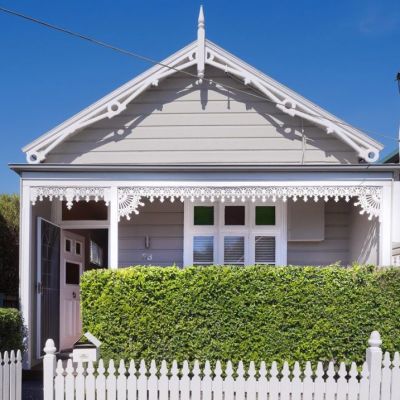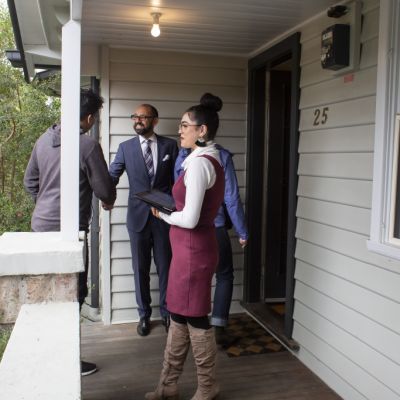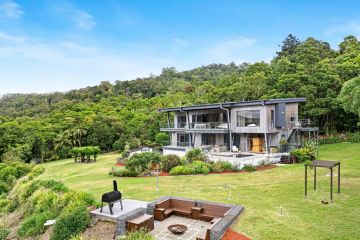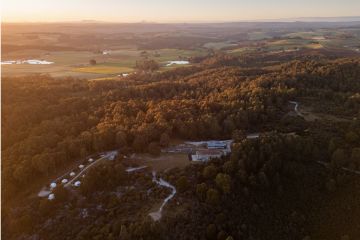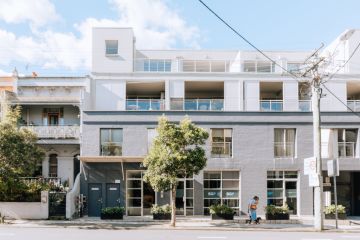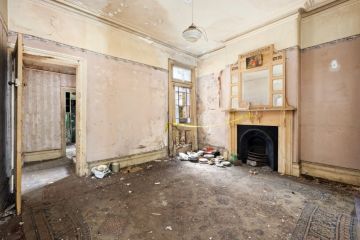The key benefits and risks you need to know before buying a unique home
Properties with owner-occupier appeal and a price close to the median of the area tend to have strong prospects for capital growth, as these homes appeal to the broadest market of buyers.
But not everyone’s situation is the same, and what’s considered a typical home might not suit your requirements, budget and personal taste.
Homes with features above and beyond the norm of the area often have higher price tags, but the unique nature of these homes means supply is inherently limited.
This can lead to higher-than-average price growth if there is strong demand for that particular type of property.
Style and substance

Unique properties can outperform the market for a number of reasons, according to real estate agent Simon Pilcher of Pilcher Residential.
“It usually comes down to style and substance,” he says.
Buyers are often drawn to larger-than-average floor plans or block sizes, sought-after architectural elements, or perhaps bonuses such as a secondary dwelling for in-law accommodation or rental income.
But a property doesn’t always need to be the largest or most expensive in the area to see strong demand. Buyer’s agent John Carew from Mayfield Property Buyers says warehouse conversions are highly sought-after in the apartment sector.
“They’re an example of a unique asset class that has outperformed the broader apartment market,” Carew said. “Supply is restricted and they appeal to a really broad range of potential future buyers and tenants.”
“I’m attracted to those types of properties because of the capital growth potential, and also you’ll get a premium as a rental.”
Odd one out

On the other hand, properties can also be unique for the wrong reasons. While this can make these homes more affordable, it can also lead to limited capital growth.
Pilcher says homes in particularly busy or noisy areas will see less demand, as will free-standing houses overlooked by apartments, especially those with limited development potential compared to surrounding blocks.
Beyond these more obvious negative attributes, it’s worth paying attention to what other buyers might consider deal-breakers, says Carew.
“Any characteristic that a property has that restricts the pool of buyers makes it less likely to outperform the market,” he said.
“If a property has 40 stairs to get up to the front door, no downsizer is going to look at it and probably no one with young children is going to look at it.”
Marketing a unique property is a special skill. You’ve got to reach the right people and that takes time.
If a home is the odd one out style-wise, it may be less likely to outperform surrounding properties. Pilcher says in many inner-city suburbs, period houses are the most desirable, as these properties have more emotional appeal than newer homes.
“People will always gravitate towards the period homes and period features,” he said. “If you look at homes built from the ’60s to the ’80s, they’re much harder to sell because they’re really lacking that emotional appeal. Generally those properties will sell for less than if it’s a Federation house of similar quality.”
Real Estate Institute of Victoria president Robyn Waters said heritage homes can present their own set of issues.
“You might have a beautiful old house that’s had its land diminished around it,” she said. “That would be a minus in a unique property.”
“Gardens and trees can sometimes be restrictive. It might be ripe to be renovated or subdivided, and you’ve got a tree in the middle that’s protected.”
Choose wisely
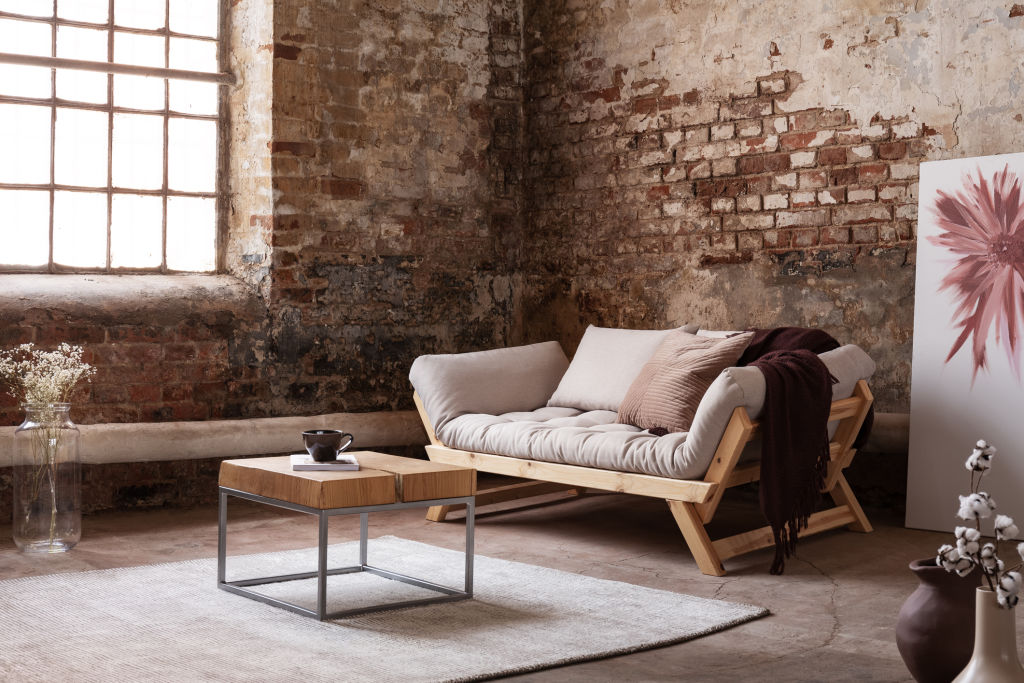
Compromise is often necessary to get a foothold in a desirable suburb but if capital growth is a priority, it’s essential to keep future buyers in mind.
If the property you choose is so distinctive that it shrinks the pool of potential buyers, the cost of restricted growth can be significant over time.
It’s also worth noting that unique homes that appeal to specific types of buyers may take longer to sell, according to Waters.
“Marketing a unique property is a special skill,” she said. “You’ve got reach the right people and that takes time.”
We recommend
States
Capital Cities
Capital Cities - Rentals
Popular Areas
Allhomes
More
- © 2025, CoStar Group Inc.
